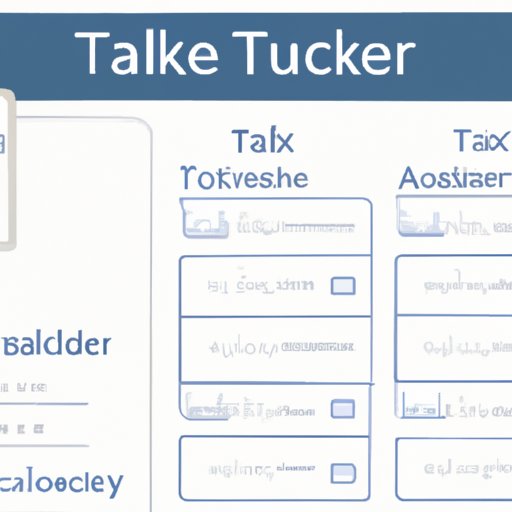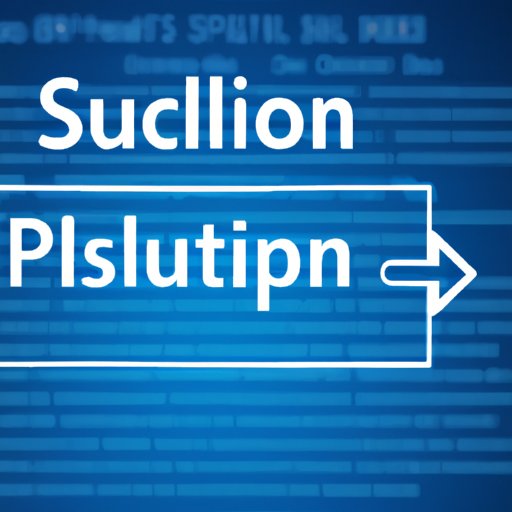Introduction
Automation has become a necessity for many businesses and individuals. Automating tasks can save time, money, and resources. For Windows 10 users, there are several ways to automate tasks with native tools as well as third-party software. In this article, we’ll explore the various methods of automating tasks in Windows 10.

Benefits of Automating Tasks in Windows 10
Automating tasks in Windows 10 can be beneficial in a variety of ways. First and foremost, it saves time and allows the user to focus on more important tasks. Automation also eliminates the need for manual labor, which can reduce costs. Additionally, automated tasks can help ensure accuracy and consistency in the completion of tasks.
Overview of Task Scheduler
Task Scheduler is a built-in tool in Windows 10 that enables users to create and manage automated tasks. With Task Scheduler, users can schedule programs or scripts to run at specific times or intervals. This makes it easy to automate repetitive tasks such as backups, system scans, and more.

Using Task Scheduler to Automate Tasks
Accessing Task Scheduler is simple. Open the Start menu and type “Task Scheduler” in the search bar. The Task Scheduler window will appear. To create a new task, click the “Create Basic Task” option in the Actions pane on the right side of the window.
When creating a new task, you’ll first need to provide a name and description for the task. Next, you’ll have to set the trigger for the task. This could be a one-time event or a recurring event. You can also set conditions for the task, such as only running when the computer is idle or only running if the user is logged in.
Once the trigger is set, you can assign an action to the task. This could be launching an application, sending an email, or running a script. There are a variety of actions that can be assigned to the task.

Creating Custom Automation Scripts with PowerShell
PowerShell is a powerful scripting language that can be used to create custom automation scripts. PowerShell scripts can be used to automate tasks such as file management, system configuration, and more. Writing custom scripts requires knowledge of the PowerShell language, but there are plenty of tutorials and resources available online to get started.
Once you’ve written a script, you can use the PowerShell ISE (Integrated Scripting Environment) to debug and test the script before deploying it. This ensures that the script will run correctly and without any errors.
Automating Tasks with Windows 10
Windows 10 includes a built-in automation feature that makes it easy to automate tasks. To access this feature, open the Settings app and navigate to the System > Notifications & Actions page. From here, you can select the “Automate” option to view all of the tasks that can be automated.
For each task, there are step-by-step instructions on how to configure the task. Once the task is configured, it will run automatically according to the settings you specified. This is a great way to quickly automate tasks in Windows 10.
Automating Tasks with Third-Party Software
There are also several third-party automation tools available for Windows 10. These tools make it easy to automate tasks without having to write custom scripts. Popular automation tools include AutoHotKey, AutoIT, and WinAutomation. Each of these tools has its own features and benefits.
To install and configure automation software, simply download the software from the developer’s website and follow the instructions provided. Once installed, the software can be used to create automated tasks and scripts.
Conclusion
Automating tasks in Windows 10 is a great way to save time and resources. With the built-in Task Scheduler, PowerShell scripting, and third-party automation software, you can easily streamline your workflow and increase productivity. Whether you are a business or an individual, automating tasks in Windows 10 is a great way to take advantage of the latest technology.
(Note: Is this article not meeting your expectations? Do you have knowledge or insights to share? Unlock new opportunities and expand your reach by joining our authors team. Click Registration to join us and share your expertise with our readers.)
